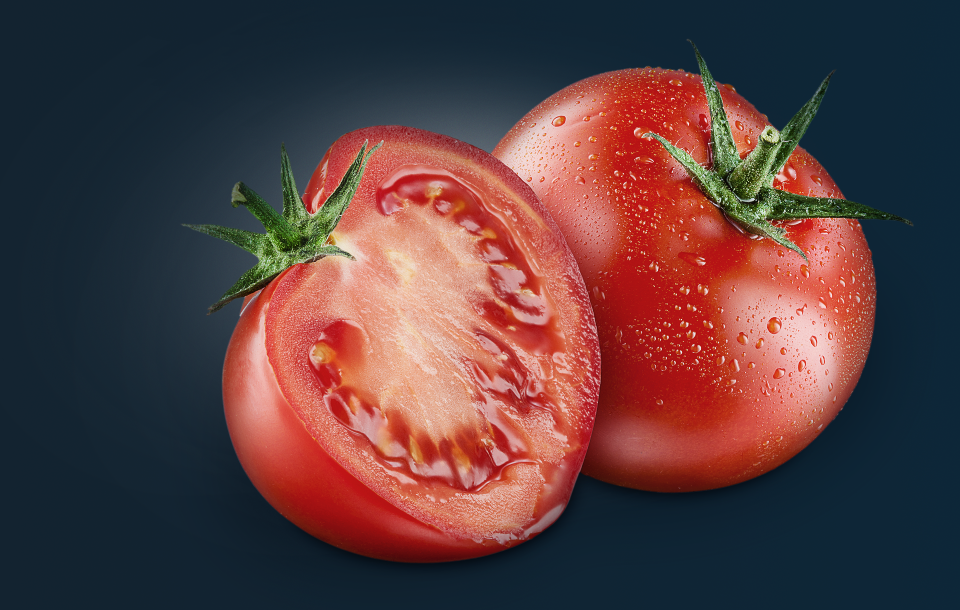A critical aspect of controlling exposure to pesticides is monitoring our food for residues. Liquid extraction in combination with GC-MS and LC-MS is the method of choice. Many food matrices are complex and require comprehensive sample preparation. QuEChERS (quick, easy, cheap, effective, rugged, and safe) extraction is widely used.
The GERSTEL MultiPurpose Sampler (MPS) fully automates the QuEChERS method, adding solvent and standards, performing dispersive SPE (dSPE), mixing, followed by centrifugation or filtration and introduction to the GC-MS or LC-MS system(1). In addition to the efficiency gains, the MPS-based process is miniaturized leading to significant cost savings on solvents and reagents, reducing environmental impact and improving the laboratory work environment. Using commercially available dSPE kits from Agilent Technologies, extracts can be prepared in fully automated workflows on a GERSTEL MPS configured with quickMIX agitator, a centrifuge, and liquid handling options.
Mini- or Micro-SPE techniques based on very small packed bed cartridges (typically 10-50 mg of sorbent) have been validated by key scientists and government organizations using the GERSTEL MPS(2,3). Micro-SPE is fully automated by the MPS under integrated software control of the complete system including GC-MS or LC-MS introduction.
Configured systems and analytical methodology are available from GERSTEL for confirming the presence of pesticides in a range of food samples. The sensitivity and selectivity of LC-MS/MS enable sufficiently low limits of determination to meet acceptance criteria for reporting the maximum residue levels (MRLs) established by regulatory agencies(1-3).
The GERSTEL MPS automates the Preparation of Standards for improved Quality Assurance, including generating Matrix Matched Standards for Method Validation, and Filtration as needed before Sample Introduction to LC-MS/MS for ensured uptime(4).
Sample Prep and analysis can be performed in parallel (PrepAhead) for optimized system productivity and throughput. As soon as a sample extract is ready, the MPS introduces it to the GC-MS or LC-MS/MS ensuring that all samples are processed in exactly the same way for improved reproducibility and quality of results.
The GERSTEL Automated Liner Exchange (ALEX) enables GC inlet liner exchange at user defined intervals(5). ALEX ensures uninterrupted operation and high throughput, even when less than clean QuEChERS food extracts are injected by the hundreds and thousands 24/7/365. Dozens of systems have been proven in routine operation in leading contract laboratories for more than a decade.
- Cleanup of QuEChERS Extracts using SBSE for LC/MS/MS Determination of Pesticides in Food Products
- Lehotay, S.J., Han, L. & Sapozhnikova, Y. Automated Mini-Column Solid-Phase Extraction Cleanup for High-Throughput Analysis of Chemical Contaminants in Foods by Low-Pressure Gas Chromatography—Tandem Mass Spectrometry. Chromatographia 79, 1113–1130 (2016). https://doi.org/10.1007/s10337-016-3116-y (Note: With MPS automation of ITSP/Mini-SPE/Micro-SPE)
- High-throughput analytical method for 265 pesticides and environmental contaminants in meats and poultry by fast low-pressure gas chromatography and ultrahigh-performance liquid chromatography tandem mass spectrometry, Yelena Sapozhnikova, Journal of Chromatography A, 1572 (2018) 203–211 (Note: With MPS automation of ITSP/Mini-SPE/Micro-SPE).
